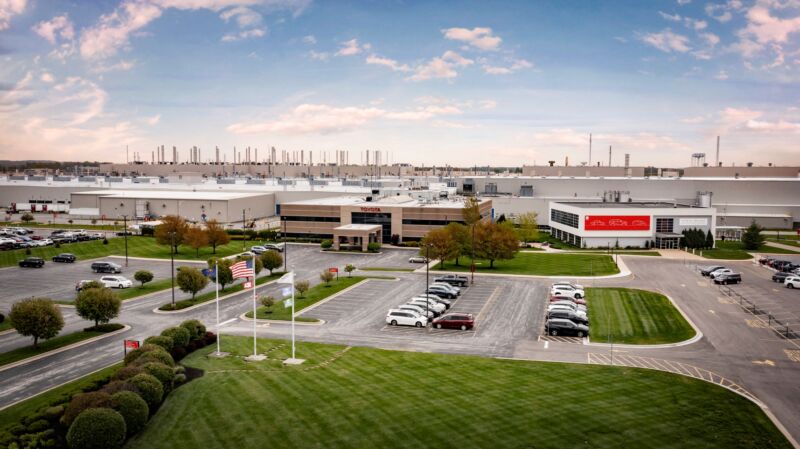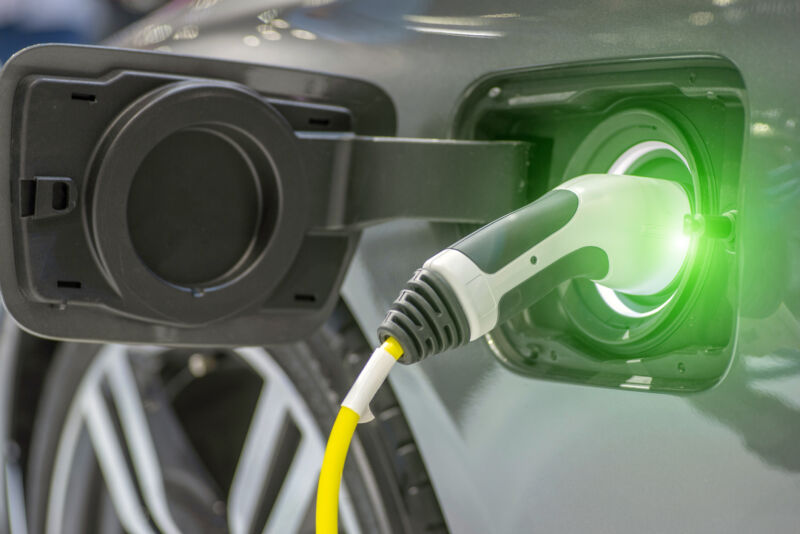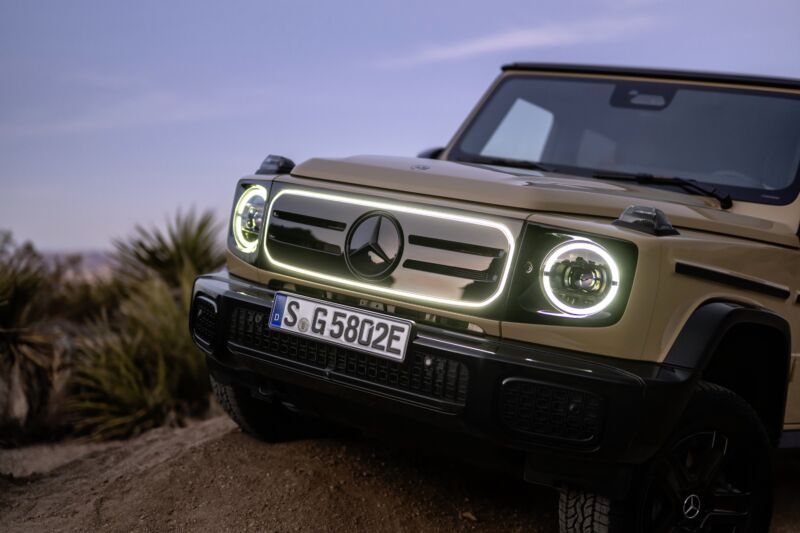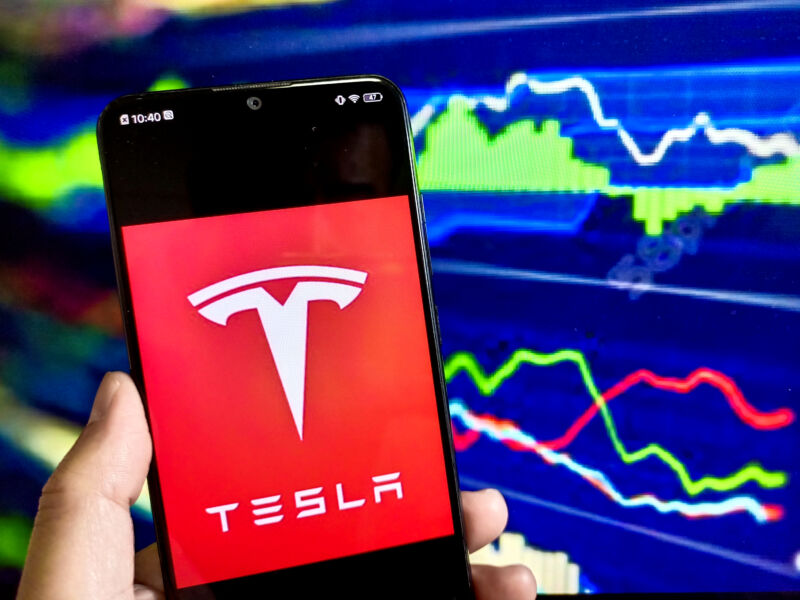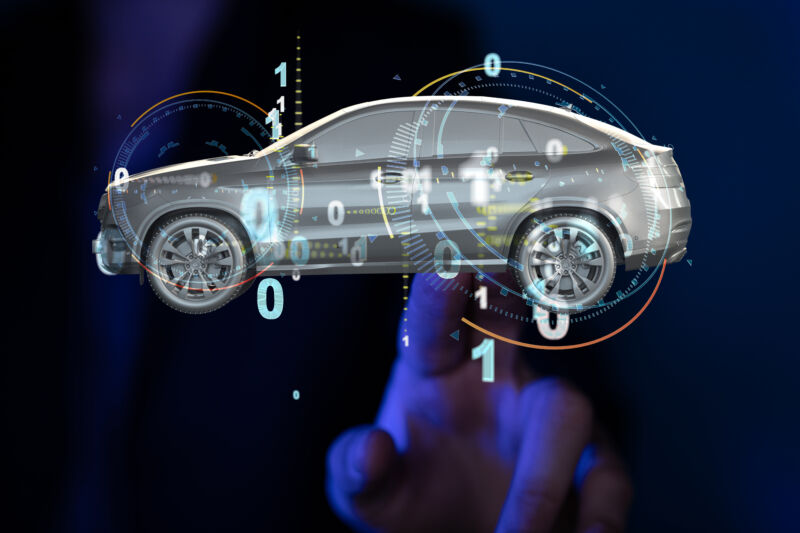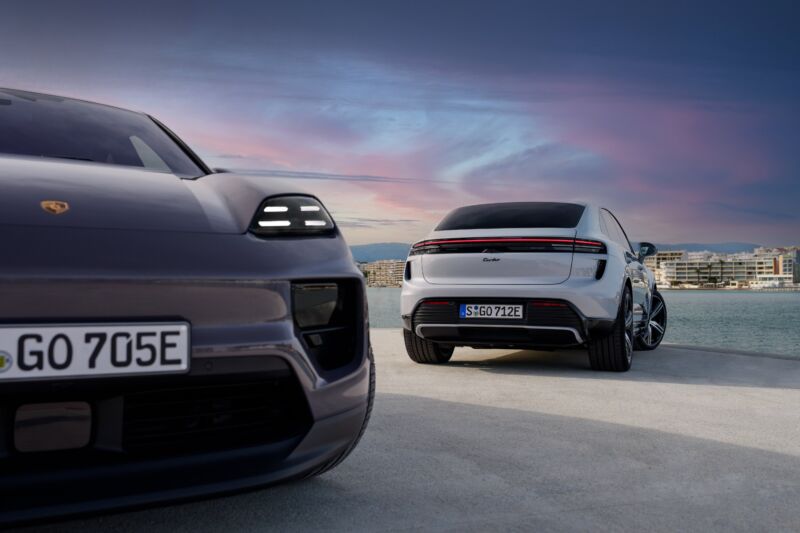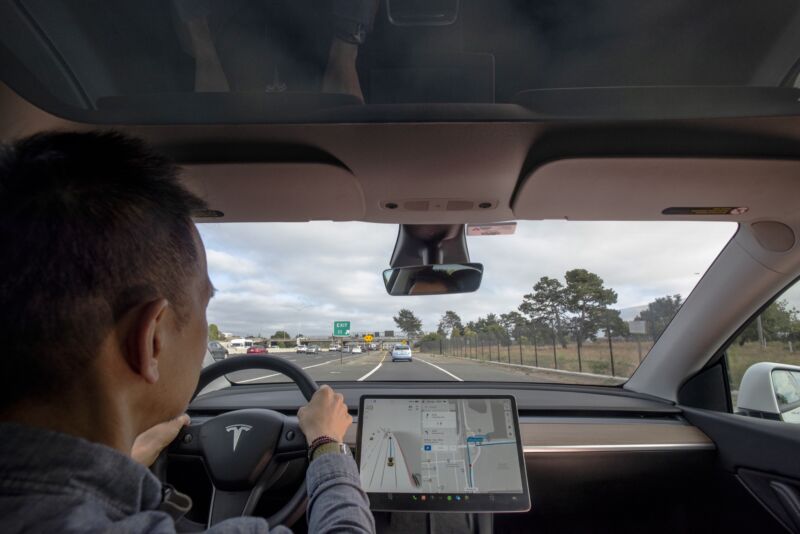-
 chevron_right
chevron_right
Tesla’s 2 million car Autopilot recall is now under federal scrutiny
news.movim.eu / ArsTechnica · 3 days ago - 16:28
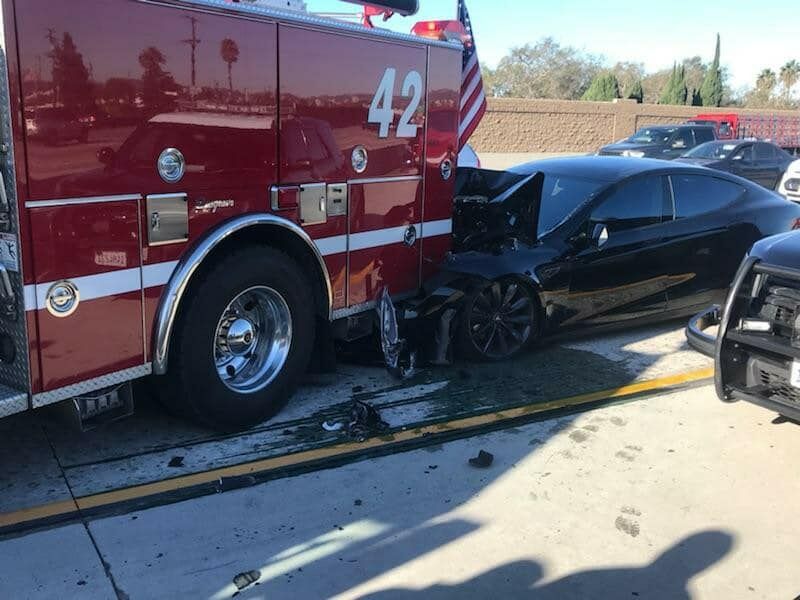
Enlarge / A 2014 Tesla Model S driving on Autopilot rear-ended a Culver City fire truck that was parked in the high-occupancy vehicle lane on Interstate 405. (credit: Culver City Firefighters Local 1927 / Facebook )
Tesla's lousy week continues. On Tuesday, the electric car maker posted its quarterly results showing precipitous falls in sales and profitability. Today, we've learned that the National Highway Traffic Safety Administration is concerned that Tesla's massive recall to fix its Autopilot driver assist—which was pushed out to more than 2 million cars last December—has not actually made the system that much safer.
NHTSA's Office of Defects Investigation has been scrutinizing Tesla Autopilot since August 2021, when it opened a preliminary investigation in response to a spate of Teslas crashing into parked emergency responder vehicles while operating under Autopilot.
In June 2022, the ODI upgraded that investigation into an engineering analysis, and in December 2023, Tesla was forced to recall more than 2 million cars after the analysis found that the car company had inadequate driver-monitoring systems and had designed a system with the potential for "foreseeable misuse."

